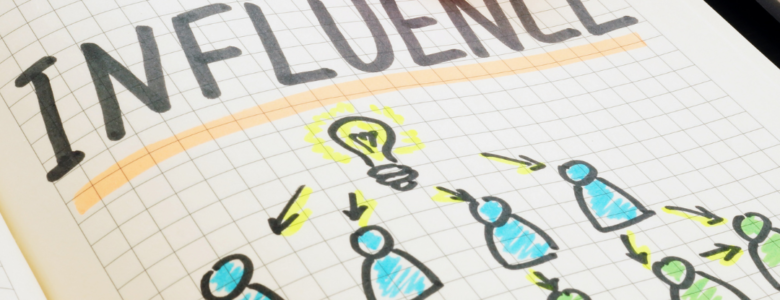Venturing into the realm of reverse mortgages can elicit a mix of anticipation and apprehension. Many are often intrigued by the interest rate associated with these loans, making it a pivotal factor. We’ll delve into elements influencing fluctuations in reverse mortgage rates, thereby enlightening this significant aspect on your financial expedition.
Comprehending the Fundamentals:
Prior to exploring the elements that shape it, one must first comprehend its fundamental principles. A reverse mortgage is designed for homeowners aged 62 or older, offering access to home equity. Unlike traditional mortgages, interest accumulates over time, impacting the amount owed to the lender.
Financial Circumstances:
The overarching economic climate heavily influences the rates attached to reverse mortgages. Hence, elements such as inflation, prevailing interest rate conditions, and various financial indicators could shape lenders’ proposed interest rates to debtors.
Margin of the Lender:
Every financier determines its own margin, essentially an extra proportion appended to the benchmark (typically the London Interbank Offered Rate or LIBOR). Thus, this particular margin functions as a source of profit for the lender and helps offset administrative expenses. By comparing different lenders, one can identify those with more advantageous margins.
Equity in Residential Property:
The equity accumulated in your property can significantly influence the interest rate. Typically, an increased appraised value of the house coupled with a reduced outstanding mortgage balance results in potentially lower interest rates.
Age and Health Status of the Loan Applicant:
A reverse mortgage is contingent on life expectancy, which means more advantageous rates might be available to older borrowers. Moreover, the health status of a borrower can affect the terms of the loan since lenders take into consideration the possible duration of lending engagement.
Type of Loan:
Deciding on a fixed-rate versus an adjustable-rate reverse mortgage can impact your interest rate. Fixed-rate loans maintain a steady rate throughout the loan term. In contrast, adjustable-rate loans, despite lower initial rates, are susceptible to market shifts.








